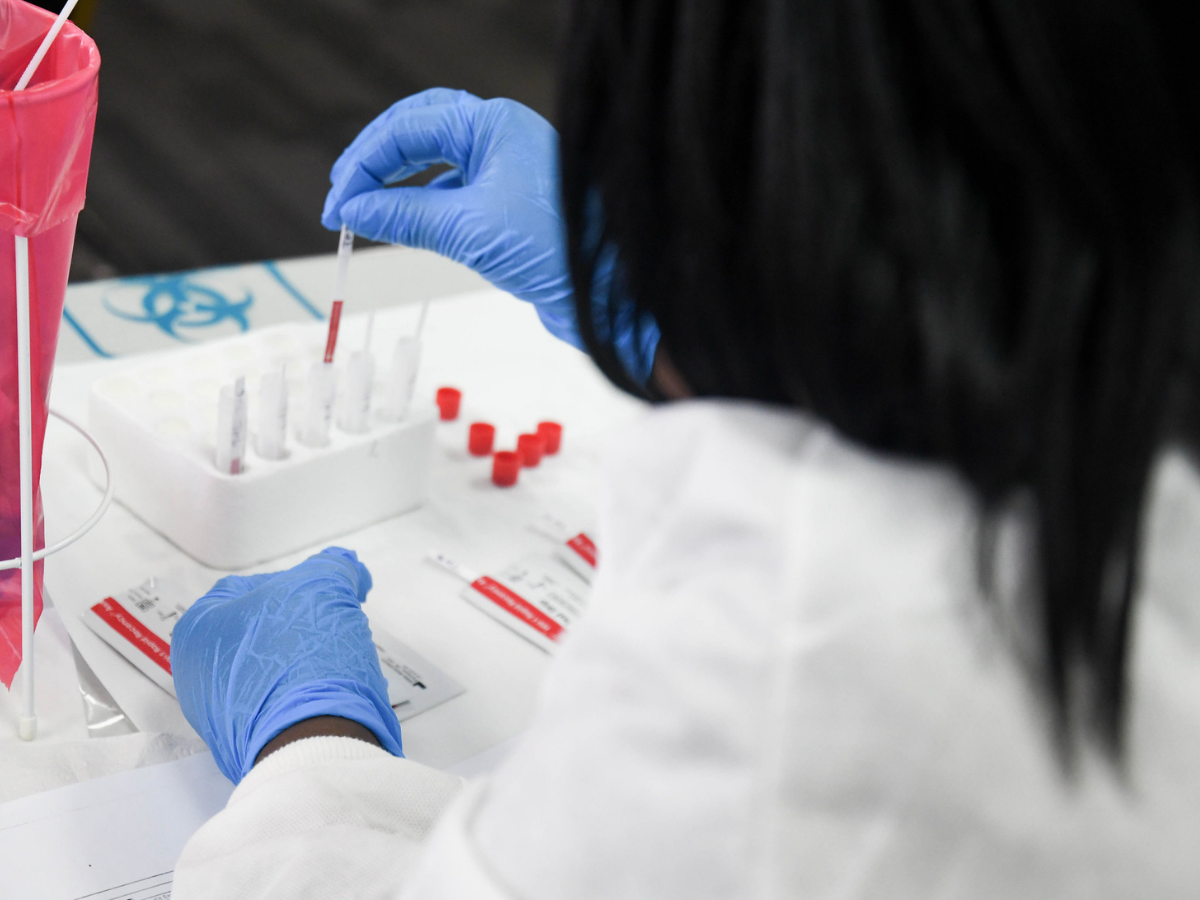Authors: Tiffany G Harris, Edward Jaszi, Matthew R Lamb, Carlos A Laudari, Maria Lúcia Mendes Furtado, Bonaparte Nijirazana, Ndayizeye Aimé, Gabriel Loni Ekali, Lifanda Ebiama Lifanda, Hermann Brou, Eboi Ehui, Faustin Malele Bazola, Aimé Mboyo, Ruben Sahabo, Nkhosikhona Advocate Dlamini, Zenebe Melaku, Mirtie Getachew Meselu, Mark Hawken, Catherine Ngugi, Mirriah Vitale, Munira Abubakar Bin Abudou, Florence Bayoa, Victoria Achut, Prisca Kasonde, Paul Munsanje, Wafaa M El-Sadr.
Concerns about the effects of COVID-19 pandemic on health services span the globe. We examined its effects on HIV services in sub-Saharan Africa.
Data collected quarterly [Q1: October-December 2019; Q2: January-March 2020; Q3: April-June 2020; Q4: July-September 2020] from 1,059 health facilities in 11 countries were analyzed and categorized by stringency of pandemic measures. We conducted a difference-in-differences assessment of HIV service changes from Q1-Q2 to Q3-Q4 by stringency category (high vs. low).
There was a 3.3% decrease in the number HIV tested from Q2-Q3 (572,845 to 553,780). The number testing HIV-positive declined by 4.9% from Q2-Q3. In Q4, the number tested increased by 10.6% (612,646) from Q3, with increase by 8.8% with similar yield (3.8%). New antiretroviral therapy (ART) initiations declined by 9.8% from Q2-Q3 but increased in Q4 by 9.8%. Across all quarters, the number currently on ART increased [419,028 (Q1) to 476,010 (Q4)]. The number receiving viral load (VL) testing in the past 12 months also increased [255,290 (Q1) to 312,869 (Q4)]. No decrease was noted in VL suppression (VLS) [87.5% (Q1) to 90.1% (Q4)]. HIV testing (p<0.0001) and new ART initiations (p=0.001) were inversely associated with stringency measures.
While initial declines were observed, rebound was brisk as the pandemic progressed, with increases noted in the number HIV tested, newly-initiated or currently on ART, VL testing, and VLS throughout the period, demonstrating substantial HIV program resilience in the face of the COVID-19 crisis.








